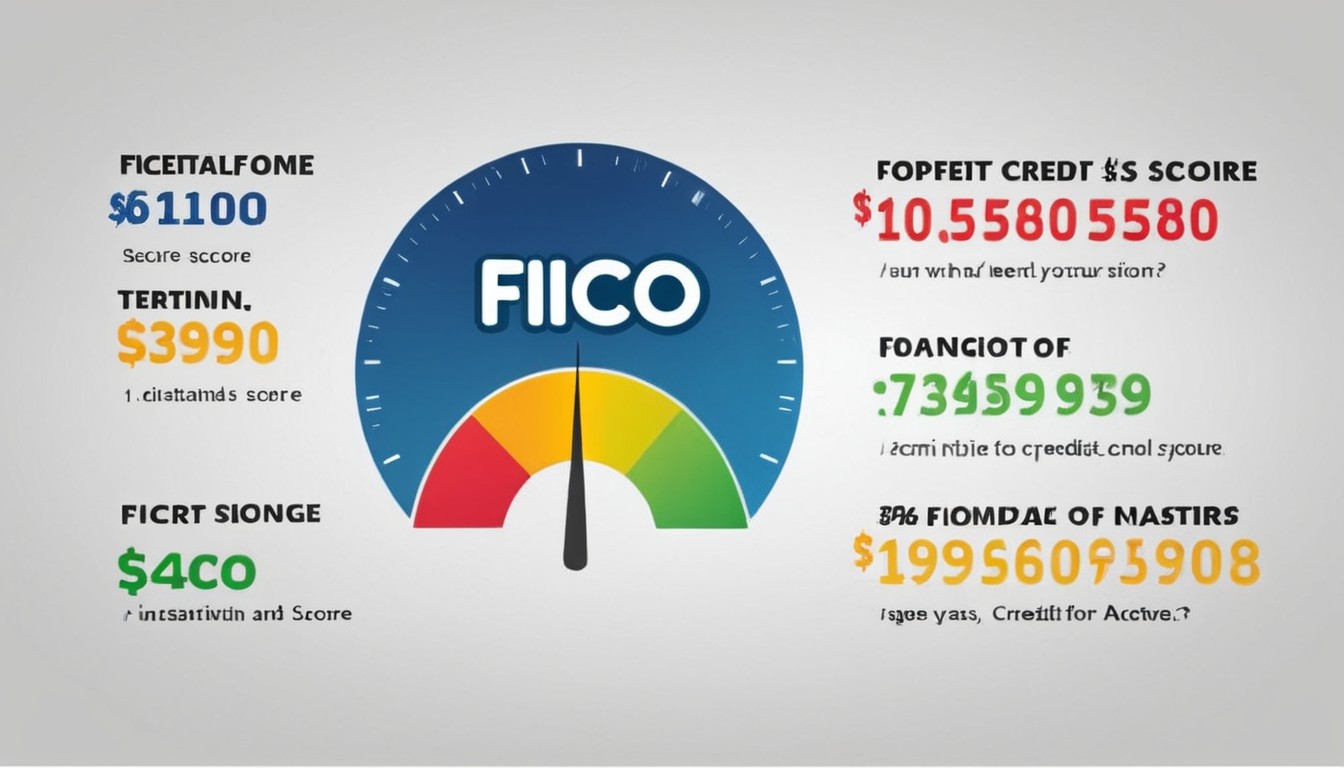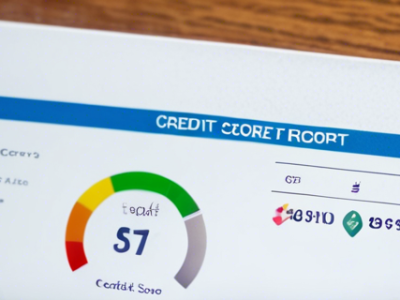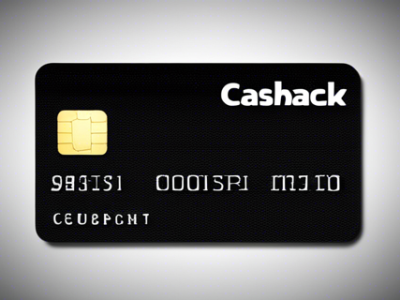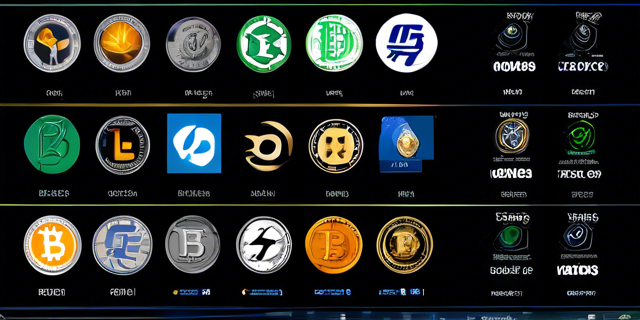What is a FICO Credit Score vs Vantage Score

FICO Credit Score vs Vantage Score
When reviewing your credit reports and scores, you’ll notice both a FICO score and a Vantage Score listed. Understanding key differences between these two dominant credit rating systems helps you better track improvement progress. While both quantify consumer credit risk levels through proprietary formulas weighing report factors, diverging calculation methods and score range outputs explain their frequent lack of parity.
FICO Scores

FICO Credit Score vs Vantage Score
Developed by data analytics pioneer Fair Isaac Corporation in 1989, FICO scores rank as the longest established credit rating metric, remain most widespread among major lenders, and directly impact borrowing costs consumers pay.
Origins and Prevalence
FICO formulated its credit scoring system to provide standardization for the financial services industry. Before computerized numeric ratings, lenders relied solely on personal judgment evaluating applications. Over 90% of lending decisions by top US banks and creditors currently depend on applicant FICO ratings.
Score Ranges
FICO scores fall on a 300-850 scale. Ranges classify where your number lands among other consumers and general creditworthiness perceptions, though individual lender cutoff thresholds vary. Top 20% of scorers exceed 800. Subprime borrowers score below 580.
Formulas and Versions
While specific computational formulas remain proprietary secrets, FICO does reveal five weighted factor categories driving scores including payment history, debt load, credit history longevity, pursuit of new credit, and credit mix diversity. Multiple editions of the FICO score exist tailored for specific consumer segments from auto and mortgage lending to credit cards plus industry-specific scores for utilities evaluations.
VantageScore Scores
Jointly launched in 2006 by the three major US credit bureaus, VantageScore emerged as an alternative credit evaluation system with distinct philosophical differences from FICO models.
Creation and Structure
Equifax, Experian and TransUnion collectively developed their shared VantageScore to promote increased scoring consistency across bureaus while incorporating trended data analytics unavailable to lagging FICO formulations. The bureaus retain ongoing cooperative control and development.
Score Range Comparison
Unlike FICO’s 300-850 scale, VantageScores instead rate consumer credit risk on a 500-990 band to avoid the negative associations sub-600 figures carry. By starting scoring ranges at 501 rather than 300, VantageScore sought to expand access to more borrowers by preventing categorization as subprime.
Computation Methodologies
While VantageScore does evaluate the same five baseline factor groupings as FICO, inherent calculations differ due to more recently developed predictive algorithms and consideration of expanded informational components. Trending balance trajectories, credit utilization over time, and changes in account mixes carry more influence.
Key Score Differentiators
Beyond originating from competing sources on diverging numerical scales, crucial philosophical and methodological distinctions emerge highlighting circumstances affecting whether your VantageScore tracks higher or lower than corresponding FICO numbers.
Weighting Formulas
Because FICO and VantageScore calculations incorporate the five shared factor categories from credit reports using proprietary additive formulas with differing priority weight distributions, the impact any single metric like outstanding debt or missed payment holds in final scores also shifts between models.
Score Range Distribution
The scoring scale spectrum distribution also contrasts ratings styles. FICO scrunches more consumers at subprime levels on their lower concentrated scale. VantageScore sets score bands with slightly expanded midrange breadth intentioned to rate relatively fewer people below high-risk cutoffs through design.
Default Rate Predictions
Statistical testing revealed FICO scores more accurately predicted actual consumer loan and credit card default rates historically for lenders, contributing to most creditors still basing decisions predominantly on traditional FICO models with 30+ years track records to rely upon. VantageScore bests FICO predicting mortgage delinquencies though.
When Scores Diverge
While your personal VantageScore commonly falls relatively closely to corresponding FICO marks, situations frequently create meaningful differences between the ratings systems modulating which scores higher at a given time.
Thin Credit Files
Consumers with very sparse credit histories and few accounts accrued so far are scored significantly lower by FICO than VantageScore due to limited data. Opening first card or loan can spike FICOs as predictive elements populate while VantageScore starts everyone at 501.
Authorized Users
Being added as an authorized user providing credit history positives without financial repayment liability lifts VantageScores pronouncedly yet FICO disregards those accounts’ benefits for the authorized individuals. After years of payments, the actual creditworthy activities eclipse the authorized boosts in importance for consistency between models.
Weighed Late Payments
VantageScores diminish the scoring damage from older single missed payments faster than FICO reductions yet recent delinquencies inflict greater VantageScore impacts while FICO applies static prescriptions regardless of recency. VantageScore also overlooks context like medical collections compared to across the board FICO penalties.
Why Both Matter
Given historical preference biases among money-lending institutions, FICO clearly carries long term primacy making it the score requiring closest consumer monitoring and improvement focus. However, VantageScore shifts among credit industry players create cross-model awareness importance.
FICO Dominance
The numerical ratings scales introduced decades earlier persist as the entrenched credit evaluation leader. The vast majority of card issuers, auto finance companies, mortgage lenders and landlords vet applications based on FICO first and foremost. VantageScore serves supplementary at best currently when accessed at all during reviews by major creditors.
VantageScore Gains Ground
However, indications point toward expanded VantageScore usage in coming years as financial services giants including Wells Fargo and Chase start integrating the ratings system into their lending decisions evolutions. More parity in score outcomes from synchronized maintenance practices ensures favorable borrowing terms regardless of which model the creditor prefers.
Auto and Real Estate Sectors
VantageScore application proves more prevalent among auto lenders and mortgage issuers than credit card or personal loan reviewers for the moment. Pushing payment history and credit mix factors mirrors industry risk priorities. Surpassing FICO predicting mortgage defaults also drives housing finance adoption.
Conclusion
While VantageScore represents an improved, modernized approach to evaluating credit risk incorporating trended analytics, FICO’s established history-derived scoring model holds dominance in most lending institutions. Checking and responsibly bettering both support access to affordable financing rates.
Frequently Asked Questions
How is a FICO score different from a VantageScore?
Unlike VantageScore’s 501-990 range, FICO scores rate credit risk on a 300-850 scale. Calculations and factor weightings also differ between the models created decades apart from each other despite reviewing the same credit report data elements. Lenders overwhelmingly rely on FICO ratings still when making accept/decline application decisions as the industry standard.
Why are my FICO scores higher than my VantageScores?
Potential reasons for FICO scores rating higher than associated VantageScores include thin previous credit files with just a few recently opened accounts, having authorized user account history boosts, concentrating financial mix into revolving credit cards more than installment loans, or VantageScore’s deeper weighting of any isolated missed payments dragging down its rating scale.
Why might my VantageScore exceed my FICO score? Scenarios where VantageScores rate higher than comparable FICO versions often involve extensive credit histories with missed payments from economic events years in the past, discharged old collections no longer weighing down reports, or experiencing credit constraints like maxed cards forcing utilization percentages upward dramatically outweighing other positive factors in FICO calculations.
What should I focus more on improving between FICO and Vantage Score? You should prioritize improving FICO scores over Vantage Scores because over 90% of current US lending decisions rely primarily on applicants’ FICO ratings when determining approved loan terms owed. As VantageScore usage spreads into more institutions, ratcheting up both model scores handles all bases.
Do all credit bureaus have the same Vantage Score for a person? No, TransUnion, Equifax and Experian may use differing information on your credit files when calculating independent VantageScores, so they commonly vary slightly between bureaus. However, synchronized software versions across bureaus and incorporated trended history analysis promote more consistent consumer scoring than bureaus achieve with separate FICO editions. Checking all reports gives the full perspective.









